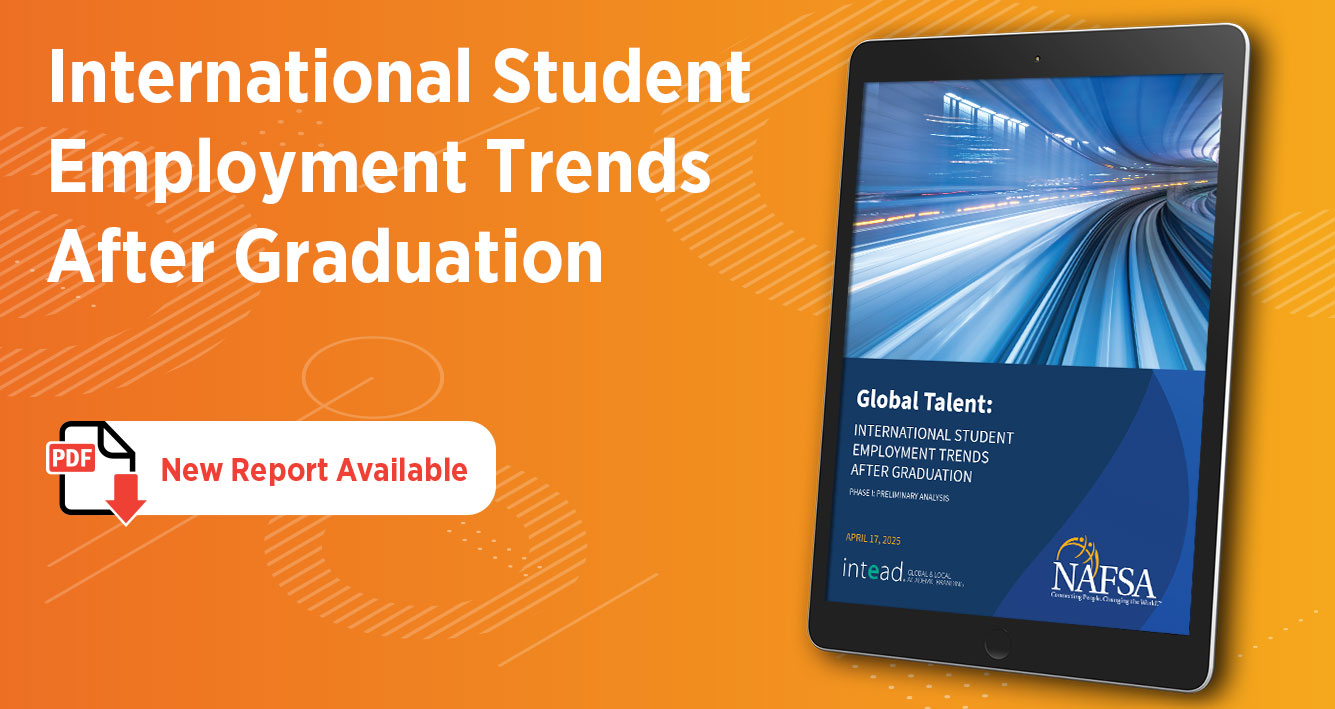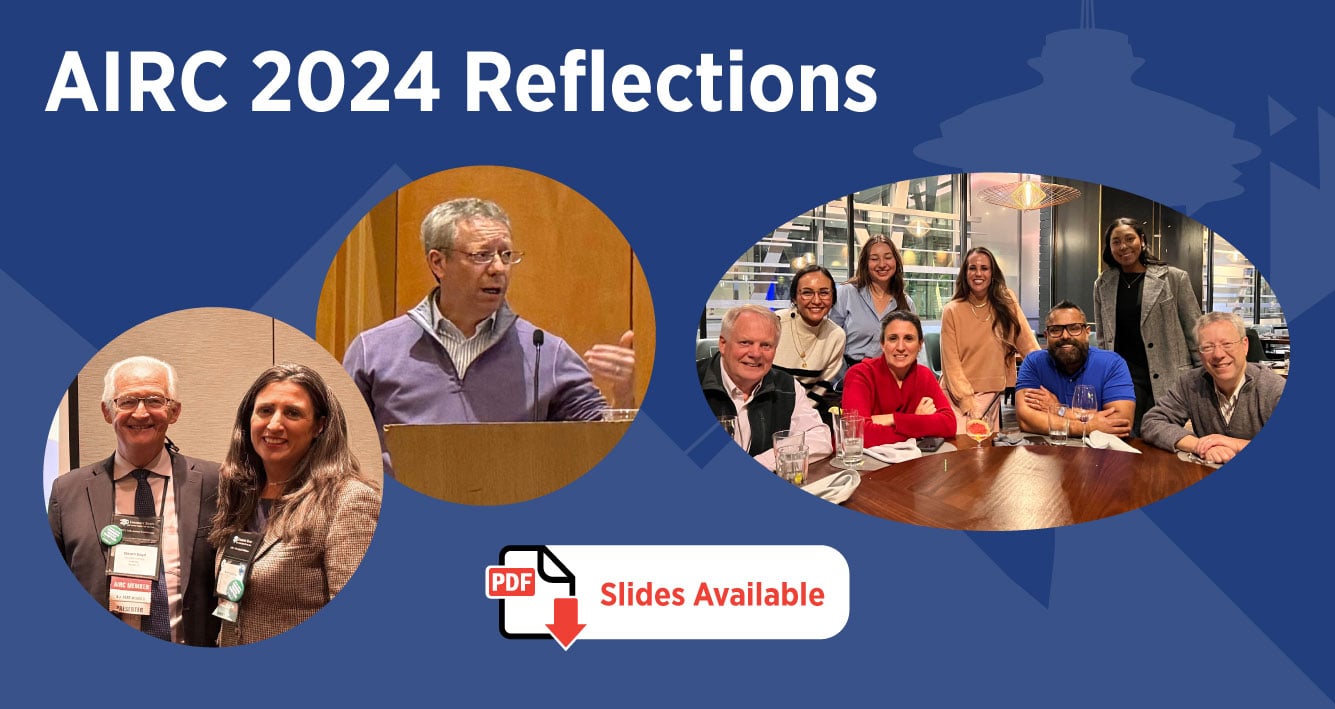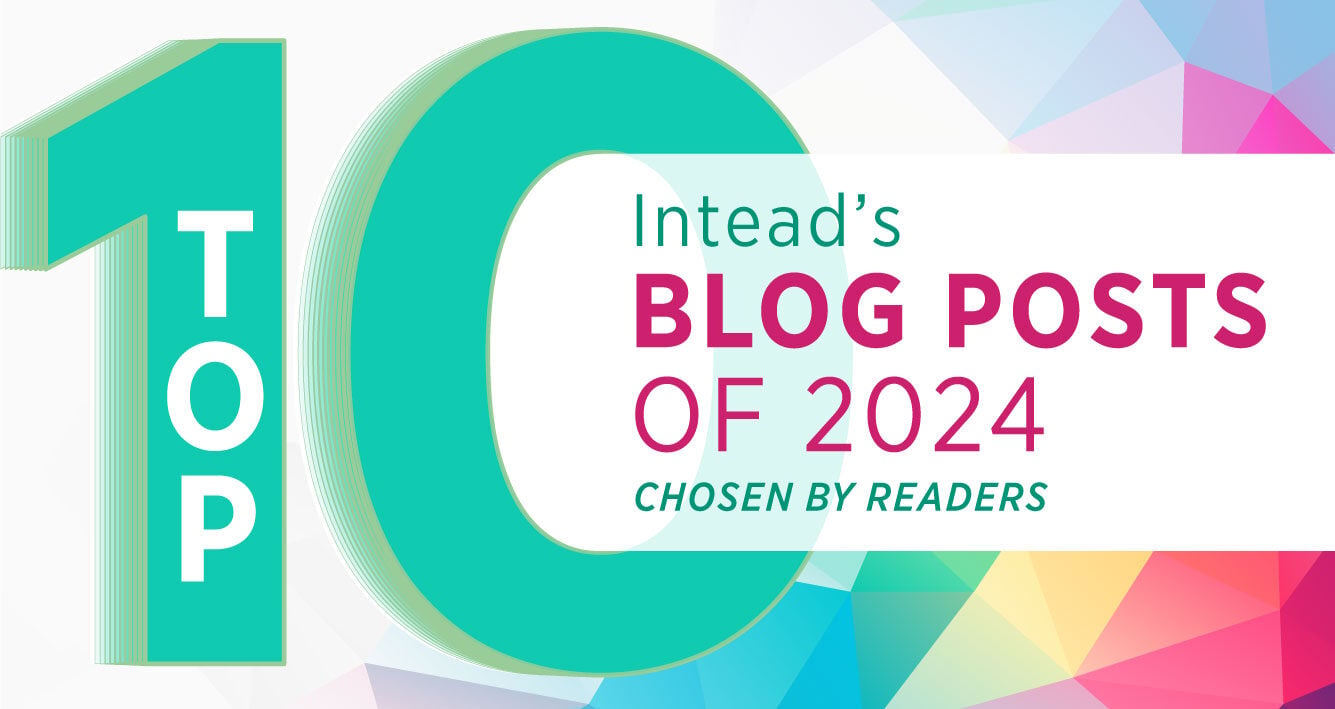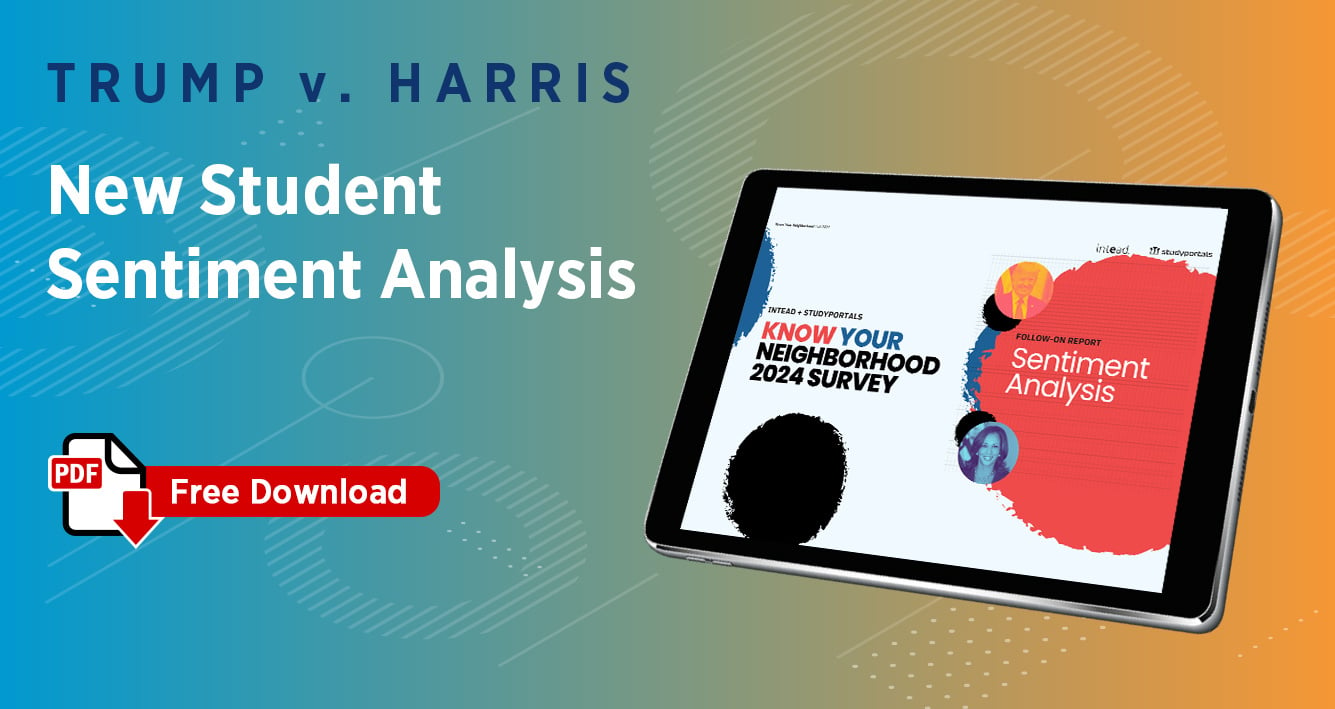For tens of thousands of international students, community college has been the secret to earning an affordable US degree. And the interest is growing.
The latest numbers out of IIE show 59,315 international students enrolled in US community colleges in 2023/24. This option for international students peaked in 2016/2017 at 96,472. With the pandemic, the total dropped to 49,099 in 2021/22. The latest figure shows a 21% increase since then.
What’s behind the uptick? According to the international students we’ve spoken to in recent months, it comes down to:
- Affordability (tuition)
- Transferability (credits)
- Flexibility (study options)
Here’s the thing: Many of these students had never heard of community college until they began researching their options for studying in the US. Yet, once introduced to the idea, they were ready to sign on.
Meet Intead!
- If you’re at NAFSA, let us know! We’d love to connect. Or, find us at APLU in June, NACUBO in July, and NACAC in September.
- AI and the Future of Student Recruitment. A new webinar all about university recruitment in this dynamic, AICA's Emily Pacheco, Ashley Kern (MeetYourClass, Sightline), Ben Waxman (Intead). Register here.
IIE, UNESCO, the British Council, and other global student mobility evaluators all point to market growth over the next decade. Some of those projections are exceedingly rosy with US international student numbers hitting 2M or more in the next 5 to 10 years. We’re not so sure about that. We’ve seen these kinds of outsized predictions from reputable players before. And they didn’t pan out.
Nevertheless, our own evaluation of the future is that there will continue to be a significant and growing number of students around the world seeking an international education (see our recent post explaining our thinking).
IIE is absolutely accurate in pointing to the significant capacity (number of seats) available in the US as compared to other common destinations (Canada, UK, Australia, Germany). Which brings us back to purchasing power – the growing number of internationally motivated students from countries around the world who will have the desire will also have less money. We see opportunity in that reality.
US community colleges, this is your moment, if you are ready for it. Most of you are not.
One proactive example worth talking about: College of the Canyons. The Intead team has been working closely with this institution which boasts a strong partnership with the University of California system. They use the internationally focused conferences (NAFSA, etc.) to build their network and regularly attend ICEF to connect to and manage a valuable agent network. And they deploy targeted digital campaigns to raise awareness and build the volume of student leads. The digital campaigns support their targeted recruitment travel.
They do all of this work with a conscious effort to deploy messaging that educates students and their families about the value of community college as a route to a 4-year degree.
The financial benefits alone are enough to pique prospective students’ interest. Community colleges cost a fraction of what a 4-year institution charges. And, depending on the institution, the ability to transfer credits to a nearby 4-year university to complete a bachelor’s degree is incredibly appealing. After all, these are visa-holding students who’ve already proven their academic capabilities. So, doing the math, many realize this approach to US education significantly cuts the cost of their desired degree while also lowering the barrier to entry for their preferred 4-year program. Win for the students. Win for the community colleges. Win for the 4-year institutions.
But it’s not just about cost (though a lot of it is). Flexible programming, like online coursework, has opened the door to a wider range of students. Institutions offering international students the chance to start earning credits online before transitioning to on-campus studies are drawing in those who might otherwise hesitate—such as students with limited budgets, those who are still working on their English skills, or those who are simply getting themselves ready for university-level study.
Take the story of one Taiwanese student we met. We’ll call him Chih-ming (not his real name). He spent his first year earning community college credits online from home. By the time Chih-ming moved to California to complete his associate degree, he had already adapted to the US education system and classroom expectations. This gave him the confidence to focus on adjusting to cultural differences when he arrived, making his transition much smoother.
For students like Chih-ming, online courses are the bridge to achieving their aspirations, giving them the initial courage to pursue a US degree that will bring them closer to their dream careers. It is a low-risk confidence builder at a time when making the transition to a US university may seem daunting.
Below we get into the considerations when recruiting (and retaining) international students who see online community college as their way into the US higher ed system. Whether you are an enrollment leader at a community college or a 4-year institution, there is something here for you. Read on...
Read More






